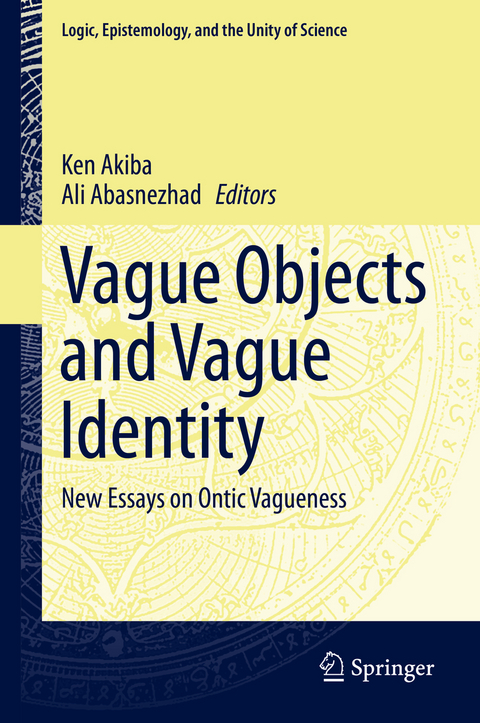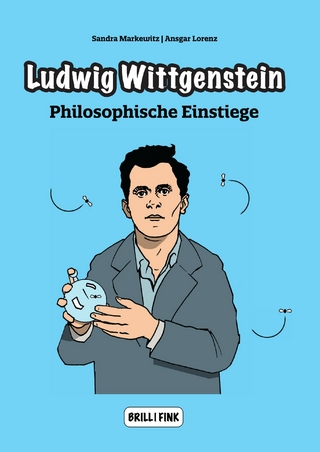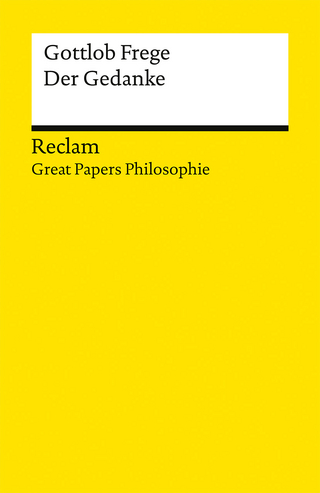
Vague Objects and Vague Identity
Springer (Verlag)
978-94-007-7977-8 (ISBN)
This unique anthology of new, contributed essays offers a range of perspectives on various aspects of ontic vagueness. It seeks to answer core questions pertaining to onticism, the view that vagueness exists in the world itself. The questions to be addressed include whether vague objects must have vague identity, and whether ontic vagueness has a distinctive logic, one that is not shared by semantic or epistemic vagueness. The essays in this volume explain the motivations behind onticism, such as the plausibility of mereological vagueness and indeterminacy in quantum mechanics and they offer various arguments both for and against ontic vagueness; onticism is also compared with other, competing theories of vagueness such as semanticism, the view that vagueness exists only in our linguistic representation of the world.
Gareth Evans’s influential paper of 1978, “Can There Be Vague Objects?” gave a simple but cogent argument against the coherence of ontic vagueness. Onticism was subsequently dismissed by many. However, in recent years, researchers have become aware of the logical gaps in Evans’s argument and this has triggered a new wave of interest in onticism. Onticism is now widely regarded as at least a coherent view. Reflecting this growing consensus, the present anthology for the first time puts together essays that are focused on onticism and its various facets and it fills in the lacuna in the literature on vagueness, a much-discussed subject in contemporary philosophy.
Preface; Ken Akiba and Ali Abasnezhad.- Introduction; Ken Akiba.- Part 1. Mereological Vagueness.- Mereological indeterminacy: metaphysical but not fundamental; Thomas Sattig.- A linguistic account of mereological vagueness; Maureen Donnelly.- Part 2. Varieties of Ontic Vagueness.- Vague objects in quantum mechanics?; George Darby.- Vague persons; Kristie Miller.- Indiscriminable but not identical looks: non-vague phenomenal predicates and phenomenal properties; Elisa Paganini.- Attitudes, supervaluations and vagueness in the world; Ángel Pinillos.- Part 3. Formal Issues.- Boolean-valued sets as vague sets; Ken Akiba.- One bald man.. two bald men.. three bald men, aahh aahh aahh aahh aaaahhhh!; Nicholas J. J. Smith.- Vagueness and abstraction; Stewart Shapiro.- Part 4. Ontic Supervaluationism.- Vagueness in the world: a supervaluationist approach; Ali Abasnezhad and Davood Hosseini.- What could vague objects possibly be?; Dan López de Sa.- Part 5. Vague Identity.- Some comments on Evans’s proof; Brian Garrett.- Vague existence implies vague identity; David B. Hershenov.- Castles built on clouds: vague identity and vague objects; Benjamin L. Curtis and Harold W. Noonan.- Evans tolerated; Elia Zardini.
| Erscheint lt. Verlag | 1.4.2014 |
|---|---|
| Reihe/Serie | Logic, Epistemology, and the Unity of Science ; 33 |
| Zusatzinfo | 28 Illustrations, black and white; X, 359 p. 28 illus. |
| Verlagsort | Dordrecht |
| Sprache | englisch |
| Maße | 155 x 235 mm |
| Themenwelt | Geisteswissenschaften ► Philosophie ► Logik |
| Geisteswissenschaften ► Philosophie ► Metaphysik / Ontologie | |
| Schlagworte | Boolean-valued sets as value sets • Gareth Evans' Argument • Gareth Evans’ proof • Mereological indeterminacy • Mereological Vagueness • Mereology • Non-vague phenomenal predicates and phenomenal properties • Ontic Vagueness • Vague existence implies vague identity • Vagueness and abstraction • Vagueness and the supervaluationist approach • Vague objects in quantum physics |
| ISBN-10 | 94-007-7977-1 / 9400779771 |
| ISBN-13 | 978-94-007-7977-8 / 9789400779778 |
| Zustand | Neuware |
| Haben Sie eine Frage zum Produkt? |
aus dem Bereich


